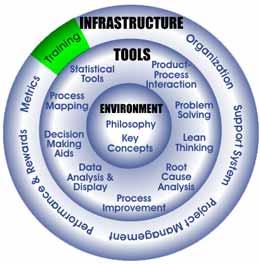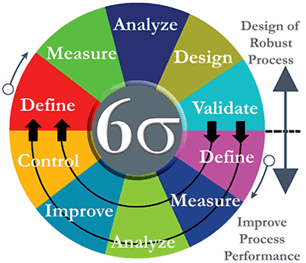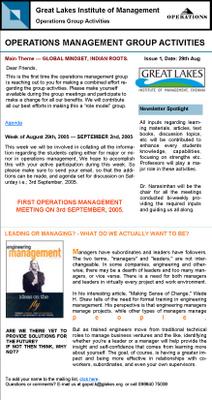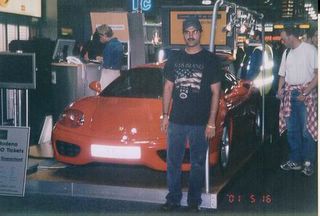In the late 1970's, Dr. Mikel Harry, a senior staff engineer at Motorola's Government Electronics Group (GEG), began to experiment with problem solving through statistical analysis. Using his methodology, GEG began to show dramatic results – GEG's products were being designed and produced faster and more cheaply. Subsequently, Dr. Harry began to formulate a method for applying six sigma throughout Motorola. His work culminated in a paper titled "The Strategic Vision for Accelerating Six Sigma Within Motorola." He was later appointed head of the Motorola Six Sigma Research Institute and became the driving force behind six sigma.
Dr. Mikel Harry and Richard Schroeder, an ex-Motorola executive, were responsible for creating the unique combination of change management and data-driven methodologies that transformed six sigma from a simple quality measurement tool to the breakthrough business excellence philosophy it is today. They had the charisma and the ability to educate and engage business leaders such as Bob Galvin of Motorola, Larry Bossidy of AlliedSignal (now Honeywell), and Jack Welch of GE. Together, Harry and Schroeder elevated six sigma from the shop floor to the boardroom with their drive and innovative ideas regarding entitlement, breakthrough strategy, sigma levels, and the roles for deployment of Black Belts, Master Black Belts, and Champions. In effect, they created a business revolution that continues to challenge the thinking of executives, managers and employees alike. Their strategies and tools have been perfected through the years by Six Sigma Academy. In brief, the contribution was the unique combination of business leadership plus quality and process improvement tools and techniques which made it possible for leaders to recognize the value of six sigma, not just as a tool for operational efficiency, but as an enterprise wide business strategy with direct bottom line impact.
Next post: Six Sigma: Part III; Black Belts, Master Black Belts, and Champions







